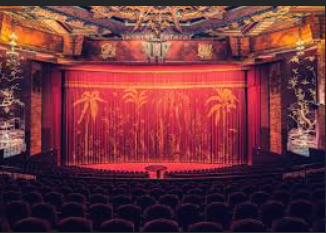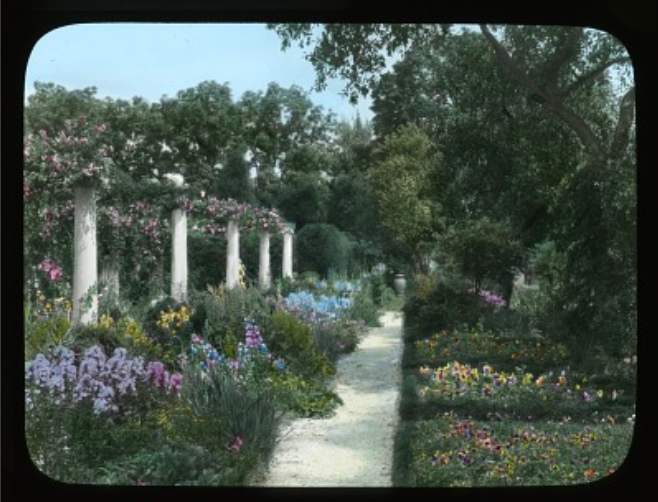Have you ever heard this children’s rhyme before? Probably.
This phrase actually comes from a nursery rhyme, ”Mary, Mary, Quite Contrary,” and refers to Mary Queen of Scots (1587). Hers is a tragic tale by any standard, fraught with torture, political upheaval, and execution. Just the thing for a child’s nursery rhyme.
The rhyme, regardless of its grim origins, has been used over time to inquire about personal well-being, life events, and the general state of things.
Gardens hold a special place in the hearts and imaginations of most of us. “Come out to the garden,” is a lovely invitation to relax and sit amidst beauty. Gardens provide a place to putter, to be creative, and to share that creativity with others. These growing spaces often take on a life of their own.
In the 1920s, home gardens became very popular. They were no longer just for the wealthy, although there were still plenty of estate gardens. In the 1920s, gardens became accessible to ordinary people with a bit of a yard.
Veggies could be grown in the back to serve the family and the lawn was seen as a place for the kiddos to play. In the front yard, you could roll out your most creative gardening, mixing textures and movement and often pollinator plants to provide habitat for birds and bugs.
The plants in these gardens were traditional annuals and perennials that boasted color and smell. Old fashioned hollyhocks, daffodils, lilacs, and red twig dogwood (that had color even in the winter) were popular. Heirloom roses were all the rage, and unlike some modern varieties, the heirlooms actually smelled prettily.
Most gardens had bird baths and feeders to attract wildlife as bird-watching was a popular activity. This was also the era of the white picket fence and climbing roses, so many gardens have plenty of both.
Big estates, such as Arthur Curtis James’s place in Newport, had carefully curated and complicated gardens. One of the most famous was the Blue Garden on the James Estate designed by the Olmstead Brothers.
The blue garden gala
“A cruciform shape, terminated at each side by a semi-circular apse, was delineated by low walls. Within the walls, planting beds and paths echoed the garden’s form, with a square pool at the center of the cross axis. At the southwest end of the garden an elevated pergola created a vantage point from which an uninterrupted vista along the garden’s axis, across the long pool and open lawn—the ‘plaisance’—was terminated by another elevated pergola at the northern end.”
Garden parties were popular as they gave everyone a chance to dress up and tour each others’ gardens. Often these affairs were opportunities for strawberries, chocolate, and champagne.
It’s high time to go shopping for that perfect dress and hat so that, if ever asked, “How does your garden grow?” you can simply reply with a resounding “Splendidly!” and hold out your glass for more bubbly.
-Bird Jones






